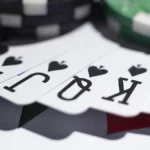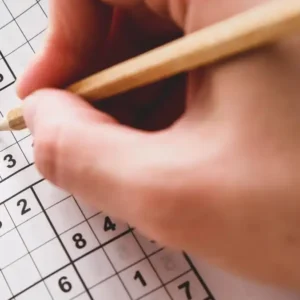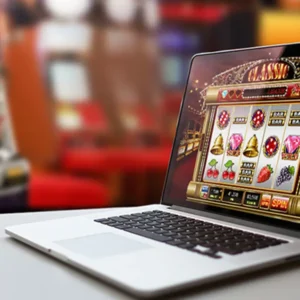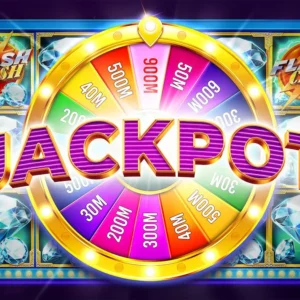When choosing a slot machine, the first thing that catches the eye is the bright design and theme. If a slot resembles a favorite movie or offers to immerse oneself in a mysterious or candy-positive world, players are instantly drawn to it. But what else should you look at? Experienced players never forget about the RTP slots machines. What is it and how to find it – we will explore in this article.
Earlier we wrote: What is a No Deposit Bonus and How to Get One in a Casino
What Is RTP Slot Machines?
RTP stands for Return-to-Player – the percentage of the total amount of bets in a slot that the machine returns to the player as winnings. This parameter is sometimes referred to as player payout and shows the percentage of winning bets to total bets.
What does this mean in practice? Let’s take a hypothetical slot machine with an RTP of 96%. Theoretically, if a player makes one hundred one-dollar bets, they should win back $96, while $4 goes to the casino. Of course, this is not how it happens in practice, as one player may hit the jackpot while ten others win nothing.
Winning chances in a game depend on many factors, such as the frequency of bonuses, the maximum probability of winning, variance, and volatility. When we see the RTP in slot characteristics, we must understand that it is a theoretical indicator of how much the slot will return to the player in the long run.
Another very similar concept is House Edge. Everyone understands that the casino is always in profit; otherwise, there would be no point in running such a business. House Edge is the percentage that the casino gets in the long run to ensure its existence. So, if the slot’s Return-to-Player is 96%, the House Edge is 4%.
Who Sets the RTP Slot Machines?
Another interesting question: who decides what percentage goes to the casino and what players get as winnings? The RTP of slot machines is programmed during the game development. The machine is designed and programmed with a specific payout percentage from the start. This is a very complex mechanism because the program is driven by a random number generator and must guarantee specific payout percentages at the same time.
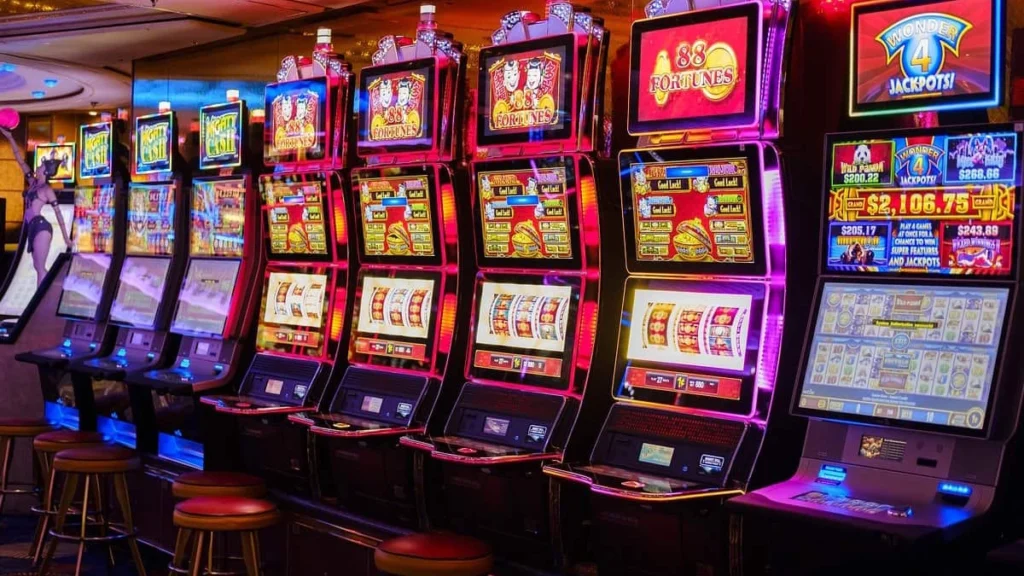
After creating this program, it is necessarily checked by an authoritative audit laboratory, such as BMM, iTech Labs, or eCOGRA. Only after such verification and establishing compliance with the declared indicator can the machine be used.
Can the Return-to-Player be changed after the slot machine is put into use? Practically no. Neither the player nor the operator can interfere with the payouts in games. Very rarely, it happens that a game developer creates a game with flexible settings. Then the developer provides several configuration options that the slot or casino operator can choose from.
How to Find the RTP of Slot Machines
To find the Return-to-Player, you don’t need to flip it or look for marks. It’s much simpler to enter the name of the machine or its manufacturer into a Google search and look at the characteristics. For 100% reliable information, visit the manufacturer’s website. They usually post complete and up-to-date information about each slot. The average RTP of slot machines is considered to be 95%, but most are in the range of 91% to 98%.
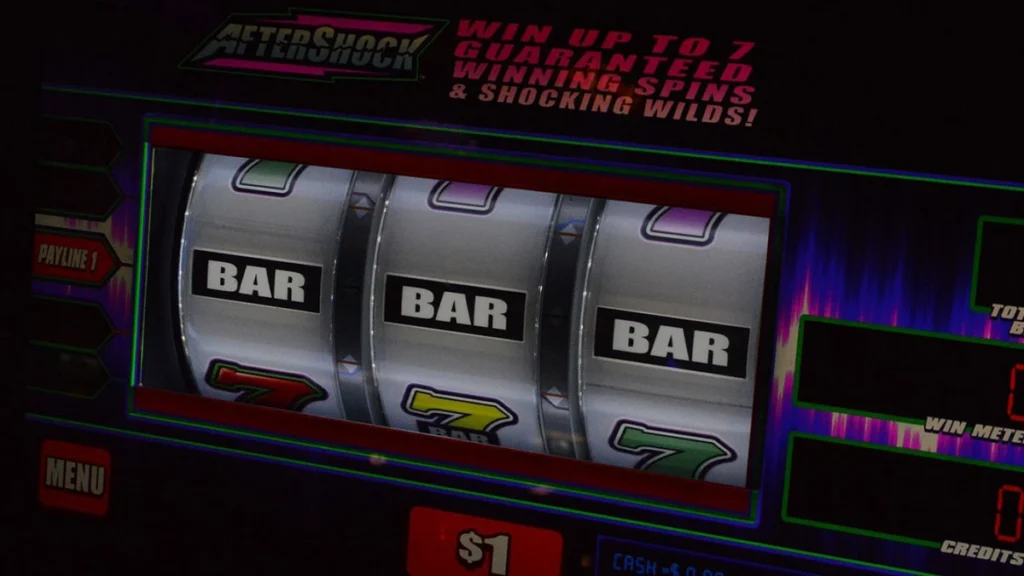
Slot RTP and Volatility
When talking about the technical parameters of slot machines, especially slot RTP, players often mention volatility. What is it? It shows how often and how much you can win in a particular slot game. It can be:
- Low – frequent but small wins;
- High – rare but big wins;
- Medium – average frequency and size of wins.
In practice, a high Return-to-Player and high volatility will result in rare but very large wins. A high RTP with low volatility will result in frequent but small wins.
RTP and Variance
Variance is another concept that players often confuse with volatility. Variance shows the deviation from RTP, i.e., the difference between the player’s expectations and their actual results at a specific moment in time. Let’s consider a specific example. There’s a machine with an RTP of 96%. This means the player should receive $96 after betting $100. In reality, they get significantly less or more. Why? Because slot RTP is calculated based on millions of bets, while the player makes significantly fewer.
Variance is the change in RTP during the game and the bets made by players. In a losing round, it can be zero, and in a winning round, 500%. In the long run, it still amounts to 96%.
Why Do You Need to Know the RTP of Slot Machines?
We have already figured out that RTP is a theoretical indicator that has little effect on a player’s real chances of winning. Why do you need to know it? For those who rarely spend time playing slot machines, this indicator is unnecessary. You can just play and enjoy the game.
But who needs to know the RTP of slots? It is most often used by people who play regularly. They try to build winning strategies that allow them to hit the jackpot systematically, not randomly.
Complete Guide to RTP Slot Machines – Video
To learn more about slot RTP and see everything for yourself, watch the video:
Conclusion
Slot RTP is the percentage that shows how much of the bets return to the players. The average indicator is 95%, but deviations in both directions are possible. RTP practically does not affect the possibility of winning or hitting the jackpot as it only matters in a very long-term perspective.
Frequently Asked Questions About RTP Slot Machines
No, this is not true. Winning in the short term is determined randomly.
No, this is not possible; the indicator is embedded in the slot’s program by the developer.
In the vast majority of slots, this is not possible. Some machines are released with the possibility of choosing RTP. Therefore, theoretically, it can be reconfigured, though it is unlikely.
No, such a slot makes no sense as it would have to return more money to players than they invested.




